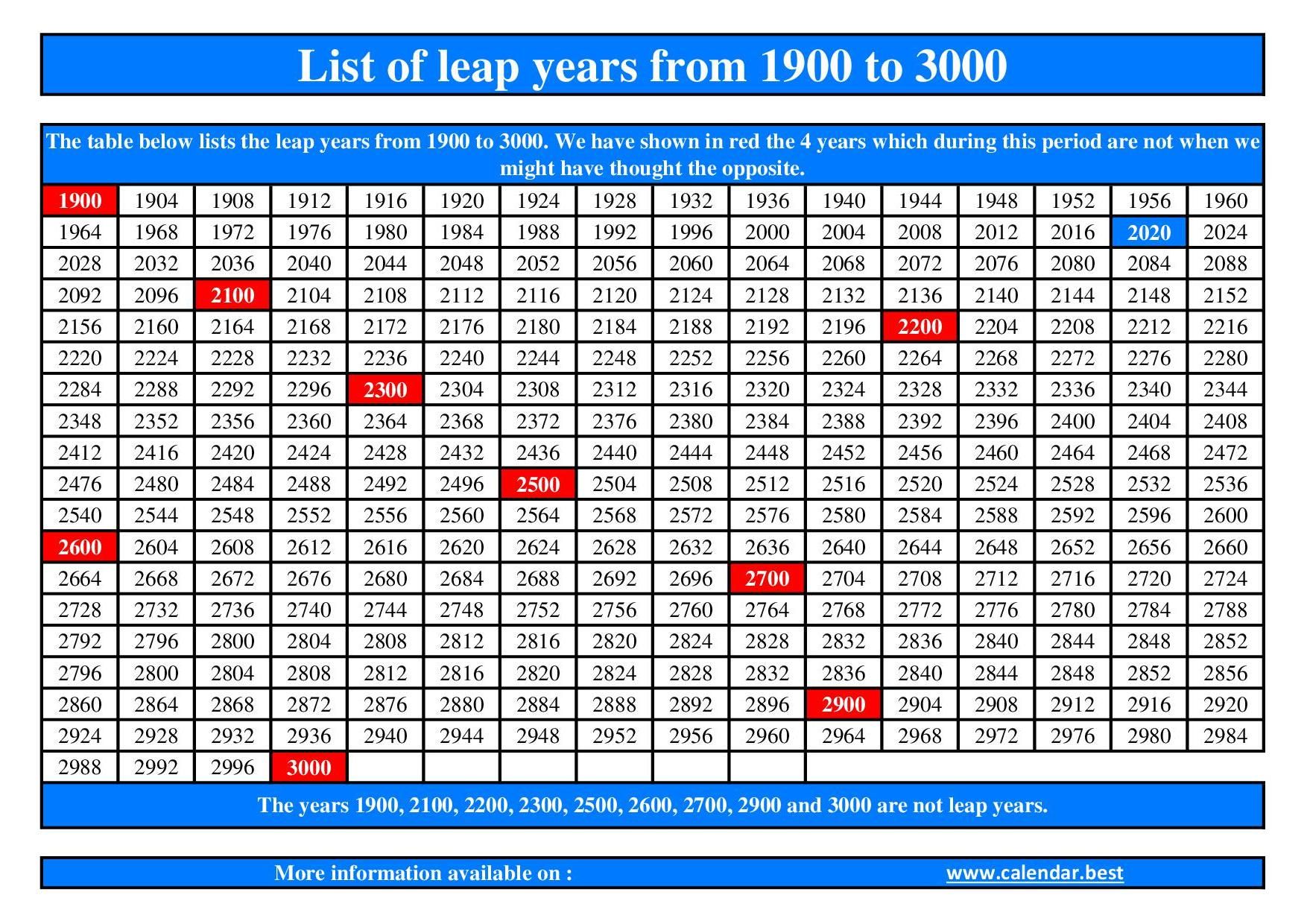image source: https://19thcentury.us
Welcome to our article discussing the frequency of leap years! As we all know, a leap year occurs every four years, but have you ever wondered exactly how often this phenomenon takes place? In this comprehensive guide, we will delve into the history of leap years and explore the mathematical calculations behind their occurrence. By the end, you will have a clear understanding of just how often leap years happen and the significance they hold in our calendar system. Let’s jump right in!
Unlocking the Mystery: How Often Are Leap Years Occurring?
Leap years have long been a source of fascination and confusion for many people. While most of us are familiar with the concept of adding an extra day to our calendar every four years, the reasoning behind it may not be as well known. In this article, we will delve into the history and mechanics of leap years, as well as answer the burning question: how often do leap years actually occur?
The concept of leap years dates back to ancient civilizations, with the Egyptians and Romans being among the first to implement a leap day into their calendars. The need for a leap day arose from the fact that our calendar, which consists of 365 days, does not perfectly match up with the Earth’s orbit around the sun, which takes approximately 365.24 days. This slight discrepancy may not seem significant, but over time it can add up and throw off our calendar.
To account for this, Julius Caesar introduced the Julian calendar in 46 BC, which included a leap day every four years. However, this method still had some flaws, and by the 16th century, the calendar had drifted 10 days off track. In 1582, Pope Gregory XIII introduced the Gregorian calendar, which is the one we use today. This calendar made some adjustments to the leap year rule, stating that a leap day would not occur in years ending in “00” unless they are also divisible by 400. This means that while the years 2000 and 2400 were leap years, 1900 and 2100 were not.
So, how often do leap years actually occur? The answer is not as straightforward as every four years. While the general rule is that a leap year occurs every four years, there are exceptions. To determine if a year is a leap year, we must first look at the last two digits. If they are divisible by four, it is a leap year. However, as mentioned before, years ending in “00” must also be divisible by 400 to be considered a leap year. This means that the years 1600, 2000, and 2400 were leap years, but 1700, 1800, and 1900 were not.
In simpler terms, a leap year happens every four years, except for years ending in “00” that are not divisible by 400. This may seem like a complicated rule, but it ensures that our calendar stays in sync with the Earth’s orbit.
In conclusion, leap years occur approximately every four years, but the rule has some exceptions. Understanding the history and mechanics behind leap years can help us appreciate this unique aspect of our calendar. So next time February 29th rolls around, you can impress your friends and family with your knowledge of leap years and the mystery behind their occurrence.In conclusion, understanding how often leap years occur is crucial when planning events or managing calendars. By knowing that a leap year occurs every four years, we can accurately schedule important dates and avoid any confusion. Keep in mind that there are exceptions and rules to consider, so it’s important to stay updated on any changes. Overall, being aware of how often leap years happen is essential for staying organized and efficient in both personal and professional settings.
